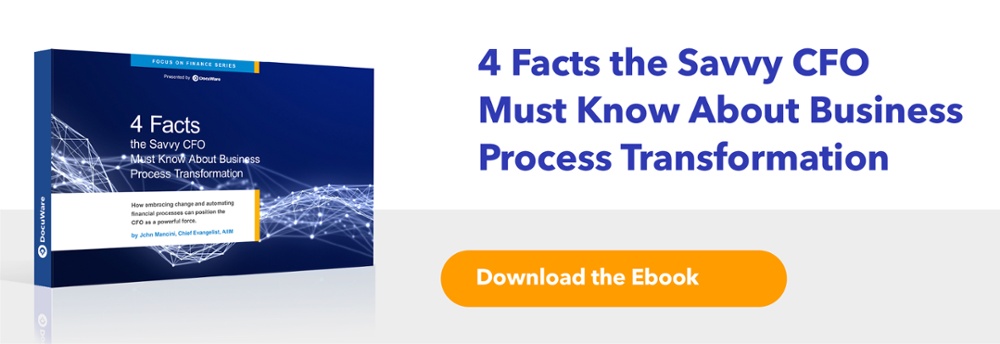 Organizations are beginning to realize that improved effectiveness and efficiency of finance and accounting processes are not only worthy goals within the finance department, but goals that have strategic benefits for the corporation as a whole. Chief financial officers must ask themselves – Are our financial processes world class or second class, and how does this impact our overall business process transformation initiatives?
Organizations are beginning to realize that improved effectiveness and efficiency of finance and accounting processes are not only worthy goals within the finance department, but goals that have strategic benefits for the corporation as a whole. Chief financial officers must ask themselves – Are our financial processes world class or second class, and how does this impact our overall business process transformation initiatives?
Why has this become such an important issue? Here are four reasons:
- There is a great deal of variation in financial process effectiveness and efficiency across companies.
- This variation puts some companies with second class processes at a distinct competitive disadvantage.
- A great deal of the performance variation is due to manual processing of documents.
- The technology to streamline accounting processes has been either beyond the financial reach of many organizations or it has been implemented in a limited way that does not unlock the full potential of digital transformation. These dynamics are changing quickly.
Despite the fact that the technology to streamline accounting processes has existed for over a decade, most finance processes are not truly digital. Most finance process rely on a lot of paper and/or manual email processes. Consider the following answers to this question posed by AIIM to chief financial officers: “What is the paper usage in the following processes?”
|
PROCESS |
PAPER: “A lot of documents are processed as paper document” |
EMAIL: “We mostly use email for document processing.” |
DIGITAL: “We have digitized and automated document processing.” |
|
Vendor management |
32% |
32% |
37% |
|
Procurement & purchasing |
31% |
34% |
36% |
|
Accounts payable |
38% |
28% |
34% |
|
Accounts receivable |
37% |
32% |
30% |
Clearly, most organizations have yet to embrace digitized and automated document processing, and this clearly impacts their ability to streamline accounting processes. Here are some examples of performance gaps in some key accounting and financial processes.
|
APQC, Blueprint for Success and Sustainable Process Transformation in Finance and Accounting: |
Second class (Bottom performers) |
World class (Top performers) |
|
Cost per invoice processed |
$12.50 |
$5.00 |
|
Cycle time to correct an invoice error |
7.0 days |
3.0 days |
|
Number of invoice line items processed per FTE |
21,232 |
46,667 |
|
Complexity – Number of accounts in chart of accounts |
<727 |
<181 |
|
Cost of financial reporting per $1,000 in revenues |
$.64 |
$.11 |
These performance gaps in particular financial processes translate into huge cost disadvantages for some companies. According to APQC, bottom performers spend 2.13% of revenues on financial processes; world class organizations only spend .57%. This means there is a “performance gap” of 1.56% between world class and second class organizations.
There is even a larger performance gap in specific industries. For example…
- Distribution and transformation: 63% for bottom performers vs. 1.16% for world class performers. Performance gap = 3.47%
- Services: 96% for bottom performers vs. .57% for world class performers. Performance gap = 3.39%
The C-Suite and Chief Financial Officers have begun to recognize and understand the impact that these fundamentally different cost profiles have on the ability of their companies to survive and compete, and CEOs are pushing CFOs to streamline accounting processes. Business process transformation efforts through the company are not only reliant on the data that comes out of finance. Improvements in these core financial processes can set the standard for broader business process transformation efforts throughout the company, and digitizing business documents and automating how they are processed needs to be a core foundation of every digital transformation initiative.



